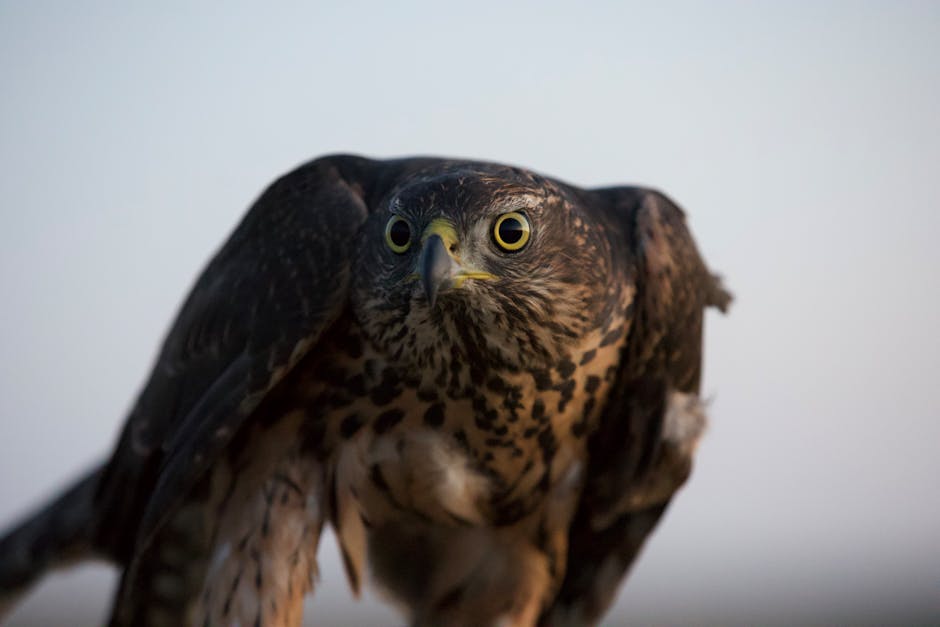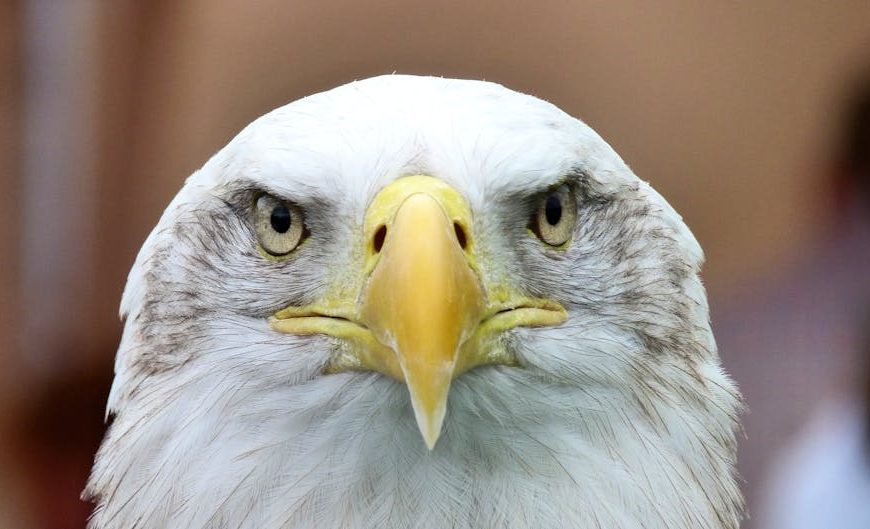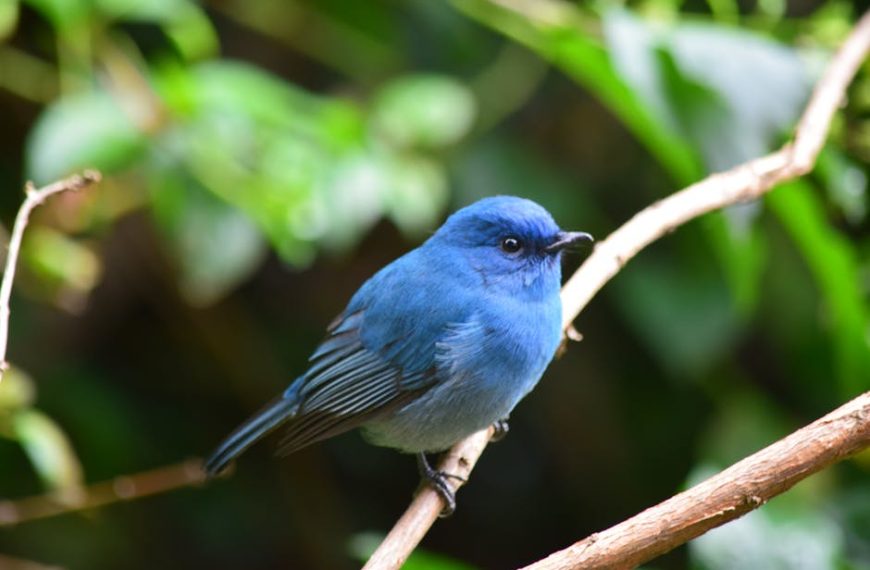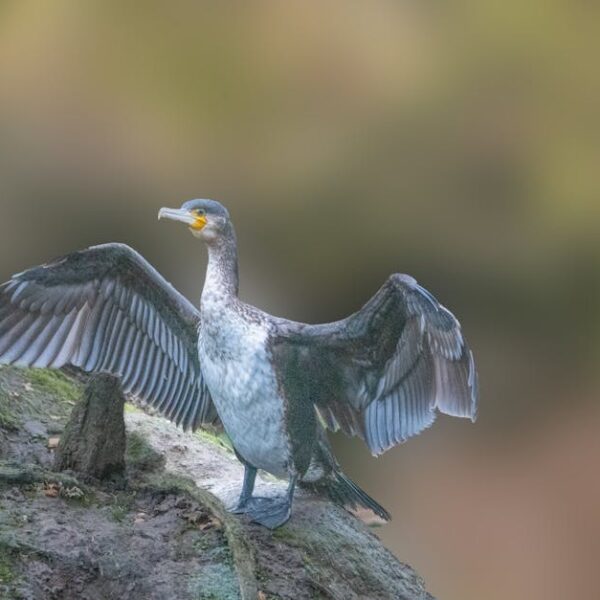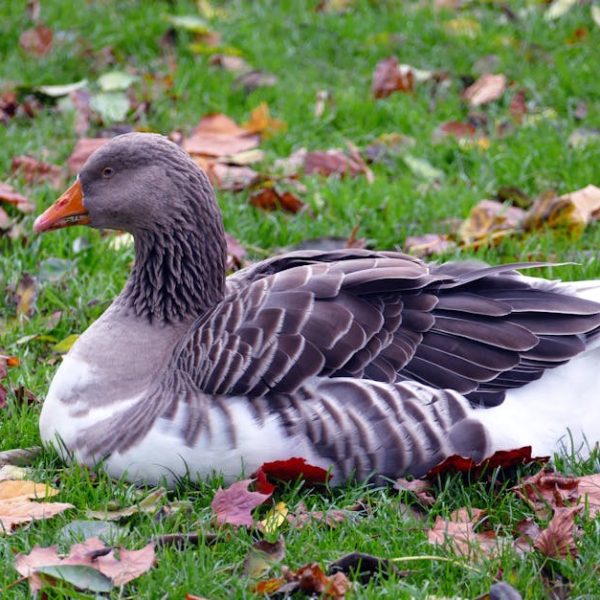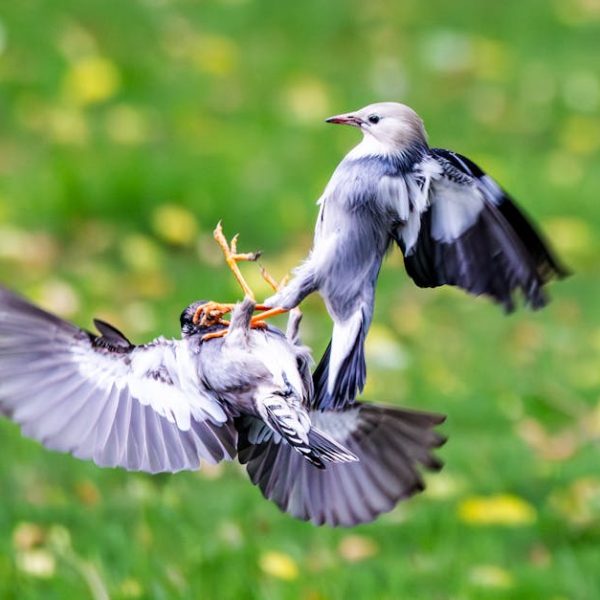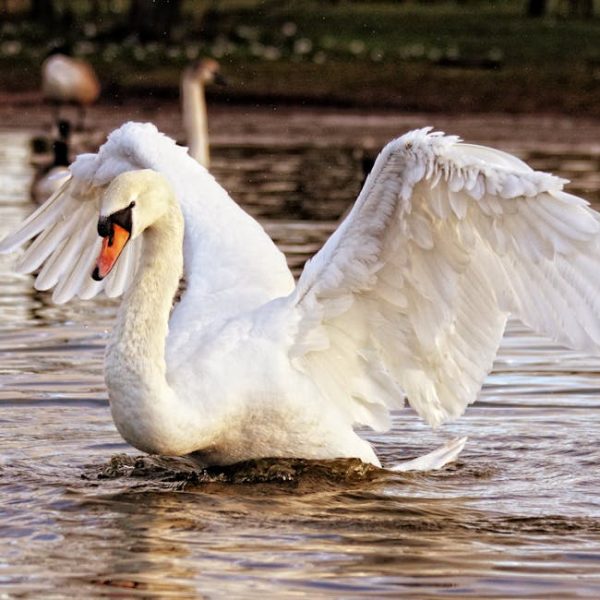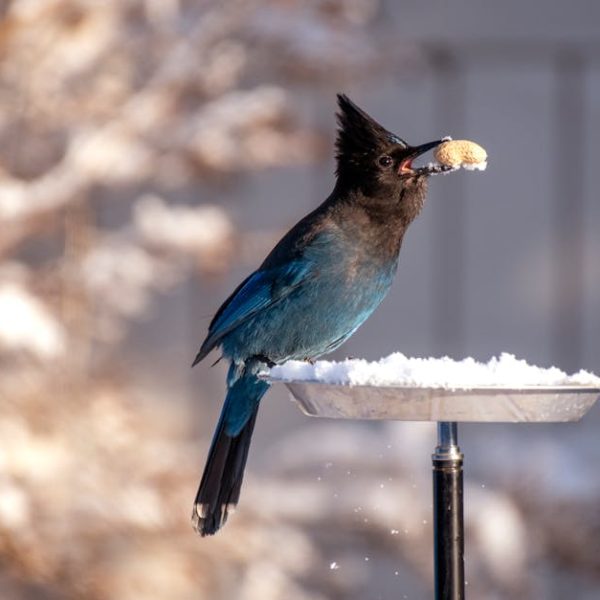If you’ve ever watched a bird probing the earth for worms, you may find yourself asking how the bird knew exactly where to look. The truth is, birds have developed a meticulous array of strategies and adapted their sensory abilities to locate their wriggly prey even when they are out of sight, buried beneath the surface. This article uncovers the crafty ways in which birds harness their perceptual prowess to locate worms under the ground.
Understanding Bird’s Perception and Sensory Abilities
Birds are a marvel when it comes to sensory capabilities. Their acute sense of perception allows them to unerringly pinpoint the location of their prey—worms, hiding beneath the ground. Part of their secret repertoire involves heightened sight, hearing, and tactile senses, each fine-tuned for successful foraging.
These abilities make birds experts in catching even the slightest disturbances or sounds that hint at the presence of a worm beneath the surface. This behavioral adaptation is their survival mechanism—it’s how they find food to feed their young and survive in different habitats.
Role of Bird’s Vision in Detecting Worms
The power of sight plays a critical role in a bird’s search for food. Birds have a highly developed sense of vision, which is incredibly evolved and provides them with both monocular and binocular vision.
When it comes to finding worms, a bird’s vision gives them subtle cues about what lies beneath. Small ground disturbances caused by worms moving under the soil can easily be spotted by a bird’s keen vision. The bird can then respond, securing a delicious meal of fresh earthworm.
Importance of Hearing for Birds in Locating Underground Worms
Just as sight is important, so too is hearing, especially for birds hunting subterranean worms. Birds have a unique ability to hear sounds made by worms as they move underground. This proficiency helps birds locate their elusive, underground prey.
For example, both American Robins and European Starlings have been noted for their ability to hear worm movements below the surface. Despite their primary dependence on sight, the preference for using hearing in worm hunting brings another dimension to the way birds locate and capture their prey.
The Science Behind Birds’ Techniques in Hunting Underground Worms
Birds use a blend of their sensory skills and learned behaviors to locate their food. They’ve mastered various techniques to detect and extract worms from under the soil. For instance, they listen for subtle sounds of wriggling and leverage their vision to spot any unusual ground movements.
They even tap into sensing earth vibrations caused by worm activity—a testament to the lengths birds go in their search for food. Though the techniques vary among different bird species, the common strand is the ingenious use of sensory adaptations for survival.
Bird’s Adaptation to Environmental Signals
For birds, environmental signals such as temperature, moisture, and even the occurrence of rain can influence the presence and activity of worms. These natural cues are expertly noticed and utilized by birds as clues to when and where they can find their next meal.
Birds adapt their hunting strategy based on these environmental conditions to improve their chances of locating worms. For instance, robins are known to hunt for worms during moist conditions like early morning or after rain, times when worms are most active. This adaptation to natural clues ensures an optimal strategy for successful hunting.
As we’ve discovered, birds possess a masterful suite of skills and adaptations that enable them to locate worms underground. It’s truly a fascinating aspect of the natural world, showing us yet again that survival hinges on the ability to adapt and embrace the tools at one’s disposal. The fabulous foragers in the bird world certainly have perfected this act.
Understanding Bird’s Perception and Sensory Abilities
Birds, in their incredible variety, have developed remarkable sensory abilities that are tailored to precisely locating food, even if it’s hiding beneath the surface. Their heightened senses of sight, hearing, and touch are specifically designed and fine-tuned for their foraging activities.
- Sight: Birds have a keen sense of sight, capable of seeing minute details and movements on the ground that might suggest the presence of food.
- Hearing: Their aural capabilities are equally impressive, detecting the faintest of sounds that hint towards the movement of worms beneath the earth.
- Touch: Through touch, birds can feel the vibrations caused by underground worms, giving them an added edge in their hunt.
![]() Pro Tip: These acute sensory capabilities aid birds in detecting even the minutest movements or noises that may hint at the presence of a worm beneath the earth, making them incredibly efficient foragers.
Pro Tip: These acute sensory capabilities aid birds in detecting even the minutest movements or noises that may hint at the presence of a worm beneath the earth, making them incredibly efficient foragers.
Role of Bird’s Vision in Detecting Worms
Birds’ superiorly developed vision plays a monumental role in their ability to locate worms hiding underground. Their eyes can function in both monocular and binocular vision, allowing them to spot even the tiniest disturbances on the ground caused by the movement of worms.
| Advantages | Disadvantages | |
|---|---|---|
| Monocular Vision | Excellent peripheral view owing to eyes on the side of the head | Weak depth perception |
| Binocular Vision | Strong depth perception due to overlapping visual fields | Limited peripheral vision |
![]() Pro Tip: A bird’s keen eyesight can spot the slightest earth disturbance caused by a worm, acting as a telltale sign for their next meal.
Pro Tip: A bird’s keen eyesight can spot the slightest earth disturbance caused by a worm, acting as a telltale sign for their next meal.
Importance of Hearing for Birds in Locating Underground Worms
Along with sight, birds also rely heavily on their hearing to locate their food. Certain species, such as the American Robin and the European Starling, are especially known to use a combination of visual cues and auditory signals to find worms beneath the soil.
![]() Species that Use Sound to Locate Worms:
Species that Use Sound to Locate Worms:
- American Robin
- European Starling
The Science Behind Birds’ Techniques in Hunting Underground Worms
Birds employ a variety of methodologies to locate and extract worms from beneath the dirt. They cleverly use a combination of their sensory abilities, learned behaviour, and even understanding of earth vibrations to detect their prey.
![]() Pro Tip: Birds’ ability to detect earth vibrations caused by worm activity is a remarkable testament to their adaptation and survival instincts.
Pro Tip: Birds’ ability to detect earth vibrations caused by worm activity is a remarkable testament to their adaptation and survival instincts.
Bird’s Adaptation to Environmental Signals
Birds have an excellent understanding of environmental signals – temperature shifts, humidity levels, and rainfall patterns, all of which indirectly indicate worm activity and aid in their hunting strategies.
Certain bird species, like the robin, are known to prefer hunting during the early morning or after rainfalls – times when worms are most active and therefore easy to catch.
![]() Fascinating Fact: Birds are acute observers of their environment, timing their hunting periods with conditions most likely to result in successful forage – another remarkable example of their survival instincts in play.
Fascinating Fact: Birds are acute observers of their environment, timing their hunting periods with conditions most likely to result in successful forage – another remarkable example of their survival instincts in play.
In conclusion, birds possess an awe-inspiring array of abilities and adaptations crafted over millennia to locate and capture worms beneath the ground. Understanding this process can not only help us appreciate the complexity of these feathered creatures but also opens the door to a whole new world of co-existence and strategies for survival.
Key Takeaway:
- Birds have highly fine-tuned sensory abilities, such as sight, hearing, and touch, which are adeptly used for locating food, particularly worms, underground.
- Birds incorporate their superior vision, capable of detecting slight ground disturbances caused by worms, to aid their foraging activities.
- In addition to relying on sight, birds, especially species like the American Robin and the European Starling, use their acute hearing to sense worm movements below ground.
- Birds’ techniques to hunt underground worms involve a brilliant combination of sensory skills, learned behaviors, and attention to earth vibrations and environmental signals.
- Adaptation to environmental cues like temperature, humidity, and rainfall trends is an integral aspect of birds’ hunting strategies, primarily because these factors influence worm activity.
Birds’ skillful detection of worms underground showcases an exquisite example of adaption and survival strategies at play. So the next time you observe a bird probing the ground, pause and appreciate its remarkable skill to find the hidden treasures beneath. Preservation of the natural habitats of these incredible creatures will ensure the continuation of these astounding behaviors for future generations to admire.
FAQs
Q: How is a bird’s vision different from human vision?
A: Birds have a more advanced and complex visual system compared to humans. Not only do they have a larger visual field but also possess both monocular and binocular vision. Some species of birds can even see ultraviolet light, which humans cannot.
Q: Are there other environmental signals apart from temperature, humidity, and rainfall patterns that influence birds’ foraging behavior?
A: Yes, daylight hours or photoperiods and seasonal changes can also influence birds’ foraging behavior as they affect the activity of their prey.
Q: Do all birds hunt for worms?
A: No, not all birds hunt for worms. The diet of a bird depends on its species and habitat. While many birds like robins and starlings do hunt for worms, others may favor seeds, fruits, insects, or even other animals.
Q: Does the method of locating worms differ among bird species?
A: Yes, the method of locating worms can vary among bird species. This variation is dictated by their specific sensory capabilities and adapted skills, the environment, and the availability of their prey.
Q: Can human activities affect the ability of birds to locate worms?
A: Absolutely, human activities such as pollution, deforestation, and urbanization can dramatically alter habitats thus impacting the availability of worms and birds’ ability to locate them.
Now that you’re fascinated by the ingenious ways birds locate their prey, consider sharing this article and exploring more posts on our website.
